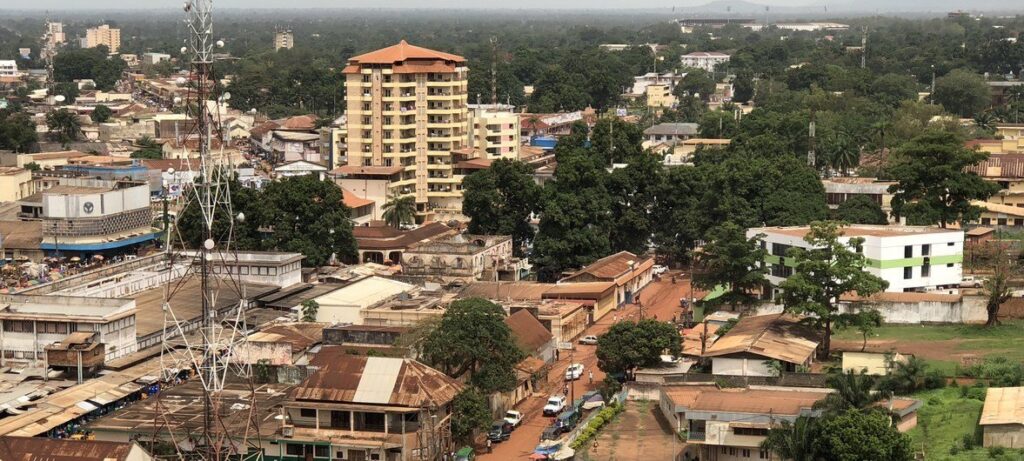- Home
- Switch to electric cars in Central African Republic, how much are you saving?
Switch to electric cars in Central African Republic, how much are you saving?
Electric vehicles (EVs) are in the early stages of development in the Central African Republic (CAR), with growing interest in sustainable transportation driven by environmental concerns and the potential for lower operational costs. Although the country faces challenges, such as limited charging infrastructure, high initial purchase prices, and limited availability of EV models, government support and a focus on renewable energy offer significant opportunities for growth. The Central African Republic is looking to develop its energy sector and reduce reliance on imported fossil fuels, which makes EVs an appealing option for long-term sustainability. While infrastructure is still in its infancy, cities like Bangui could benefit from growing charging networks in the future. As battery technology improves, the cost of EVs is expected to decrease, which could help drive adoption and contribute to CAR’s environmental goals, including reducing carbon emissions. With government incentives and infrastructure development, EV adoption in CAR could play an important role in fostering a cleaner, more sustainable transportation system.

| Aspect | Electric Vehicles (EVs) | Gasoline Vehicles (GVs) |
|---|---|---|
| Energy Efficiency | Over 85% efficiency, meaning most energy is used for propulsion. | Lower efficiency due to heat loss in combustion. |
| Consumption (100 km) | 15 kWh (electricity) | 6 liters (gasoline) |
| Cost per 100 km | $1.77 (15 kWh × $0.118/kWh, CAR’s electricity price) | $7.20 (6 liters × $1.20/liter, estimated fuel cost) |
| Annual Cost (15,000 km) | $265.50 | $1,080.00 |
| Annual Cost (25,000 km) | $442.50 | $1,800.00 |
| Annual Cost (30,000 km) | $531.00 | $2,160.00 |
| Annual Cost (50,000 km) | $885.00 | $3,600.00 |
| Annual Cost (70,000 km) | $1,239.00 | $5,040.00 |
| Annual Savings (15,000 km) | $814.50 | – |
| Annual Savings (25,000 km) | $1,357.50 | – |
| Annual Savings (30,000 km) | $1,629.00 | – |
| Annual Savings (50,000 km) | $2,715.00 | – |
| Annual Savings (70,000 km) | $3,801.00 | – |
| Maintenance Costs | Lower: No oil changes, timing belts, or exhaust systems. | Higher: Requires regular oil changes and more mechanical upkeep. |
| CO₂ Emissions | Very low, especially with CAR’s growing interest in renewable energy. | High emissions due to combustion of fossil fuels. |
| Government Incentives | Potential tax reductions, registration fee exemptions, and lower import duties. | No special incentives. |
| Infrastructure Growth | Slowly expanding charging infrastructure, particularly in urban areas like Bangui. | Well-established fuel station network. |
| Energy Security | Reduces dependence on imported fossil fuels. | Dependent on global oil markets and price fluctuations. |
| Technology Evolution | Battery lifespan improving, cost reductions expected. | Limited innovation in efficiency gains. |
| Long-Term Viability | Key to CAR’s sustainable transportation future. | Facing increasing environmental and regulatory constraints. |

